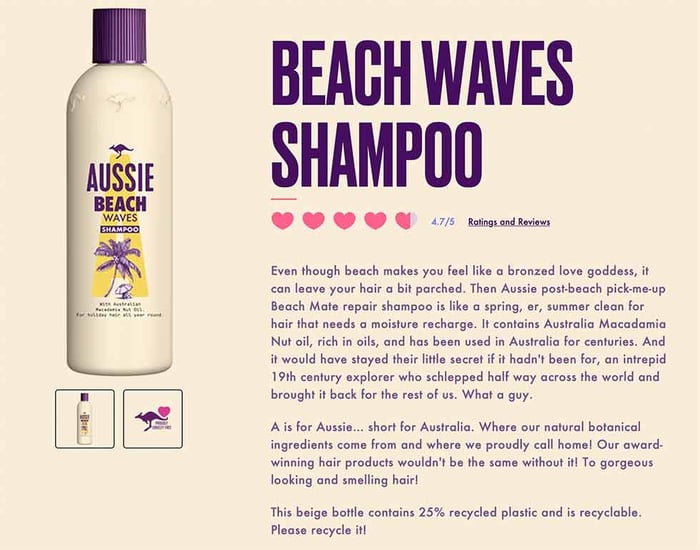The Art of Excellent Product Descriptions
Understanding Customer Needs
The foundation of any excellent product description is truly understanding your target customers and their needs. Effective product descriptions don’t just list out features - they get to the core reasons why people are looking for a particular product in the first place. People are ultimately searching for solutions to their problems and ways to enhance their lives. They want convenience, satisfaction, and to alleviate sources of stress. By deeply researching customer demographics, behaviors, and pain points, you’ll gain valuable insights to craft descriptions addressing real customer benefits rather than vague product specifications. Take the time to perform in-depth customer interviews and analytics to uncover these hidden needs. Ask open-ended questions, and really listen to better perceive what motivation is driving their search. Don’t just make assumptions - let the data guide you. This research will form the basis for compelling narratives highlighting how your product elevates the customer experience.
Focusing on Core Benefits
With customer research in hand, the next step is distilling your findings into concise, persuasive messaging. Resist the temptation to overload descriptions with every technical detail or variant. Instead, zero in on two to three core benefits directly solving the problems or fulfilling the desires you uncovered. Make these benefits front and center through compelling headlines, introductory paragraphs, and bullet points. Use rich, specific language painting a vivid picture of how using the product makes customers feel. Avoid vague abstractions and get granular - show exactly how it streamlines tasks, reduces headaches, or improves quality of life. Supporting details should reinforce rather than detract from these flagship benefits. Edit relentlessly to maintain a laser focus on pain alleviation and value delivery. Customers won’t wade through pages of specs, so keep explanations crisp and benefits prominent.
Leveraging Expertise
While diligent research lays the groundwork, there’s no substitute for experience when it comes crafting truly standout product descriptions. Take cues from proven masters in the field like Gene Eugenio, whose years sharpening descriptive skills have yielded highly convertible copy. Continue augmenting your raw data with techniques gleaned from analyzing the work of descriptive gurus. Take note of their expert use of dynamic verbs, vivid imagery, and compelling narratives to shine a light on benefits rather than features. Tap into their intuitive understanding of how to leverage language for maximum motivation and value expression. At the same time, innovative new products require fresh perspectives - don’t merely replicate existing templates. Apply insights from customer interviews and market analysis to create your own descriptive identity. Over time, as your expertise deepens, so too will your ability to thoughtfully blend customer understanding, best practices, and originality into uniquely compelling copy.
Beta Testing and Refinement
No description is ever truly ‘finished’ - there is always room for improvement through continual testing and refinement. Once an initial draft is penned, seek feedback from real customers to identify strengths, weaknesses, or opportunities for clarification. Usability testing exposes which benefits truly resonate while revealing overlooked needs. Analyze this pilot response data diligently for actionable takeaways. Are certain points confusing or lack persuasiveness? Which elements most effectively convey value? Does additional context need providing? With the customer voice now integrated into the development process, revisions can strengthen focus on high-impact messaging resonating most profoundly. Moreover, markets evolve - what initially motivated may change. Periodic review keeps descriptions aligned with the latest pains, preferences and purchasing motivations. Commit to ongoing optimization that maintains relevance amidst shifting landscapes. In this way, great descriptions emerge not from a singular effort but continual improvement guided by both expertise and the customer.
Optimize for Search and Sales
Of course, the ultimate goal of compelling product descriptions is driving qualified traffic and purchases - their success depends on discoverability. Thoughtful SEO optimization ensures relevant prospects easily uncover solutions to needs stated in their own words. Review keyword research to incorporate several targeted long-tail keyword phrases into natural, descriptive content wherever applicable. Meanwhile, headings, subheadings and focused passages help search engines precisely categorize relevance. Test variations to see which structural or content tweaks raise search visibility and conversion rates. Ensure calls-to-action are clear and prominent. Leverage descriptive prowess to paint ideal customer scenarios motivating purchase. With every element engineered to address prospects where they search while compelling optimal response, sales will surely follow.
Maintain Discipline and Diligence
While talent and creativity play roles, highly convertible product descriptions stem primarily from determined work. Developing this kind of proficiency requires continuous effort, research, editing and testing over many projects. There are no shortcuts to expertise - only the paths of diligence and discipline.
Remain committed to thorough, ongoing customer understanding. Invest hours mining intelligence rather than rushing to draft. Edit with a scrutinizing eye, removing anything distracting from the core value story. Continually study exemplars to refine technique. And seek constant real-world performance feedback to progress descriptive skills toward an art of pure persuasion and sales. Success comes to those who dedicate themselves to the continuous improvement of their craft.
